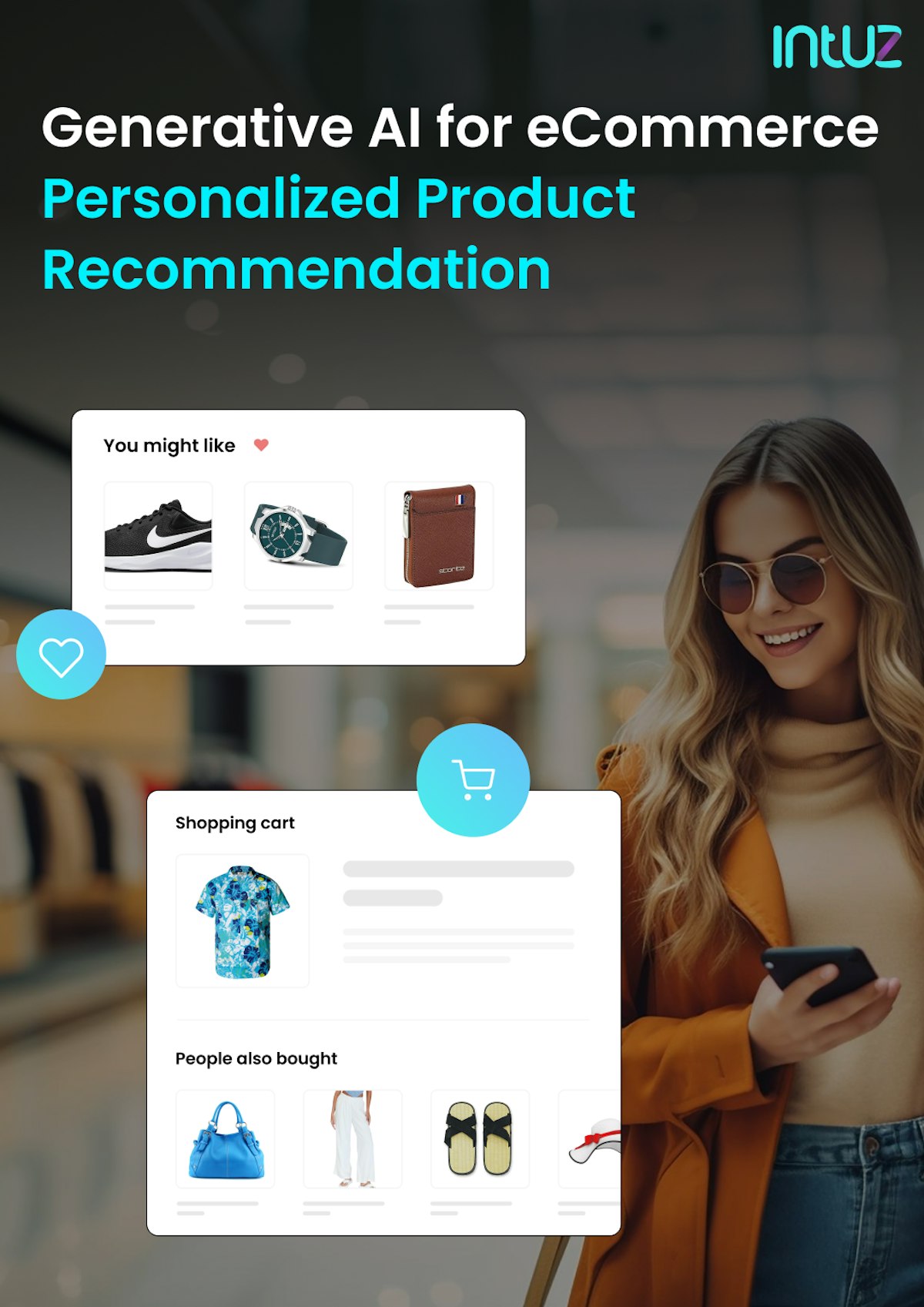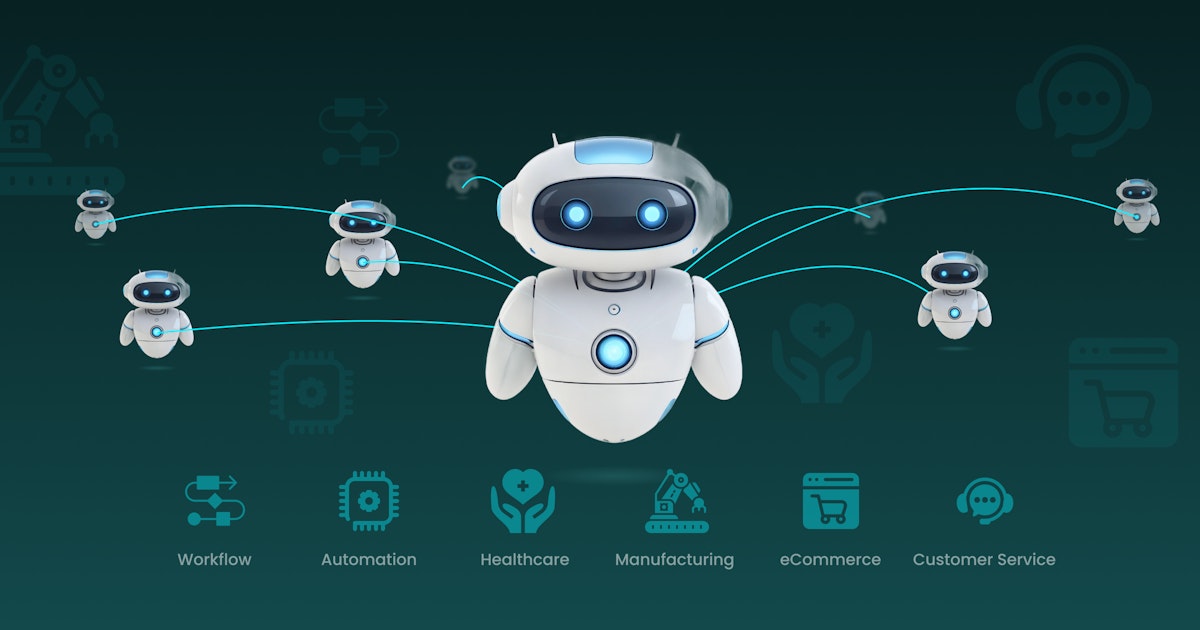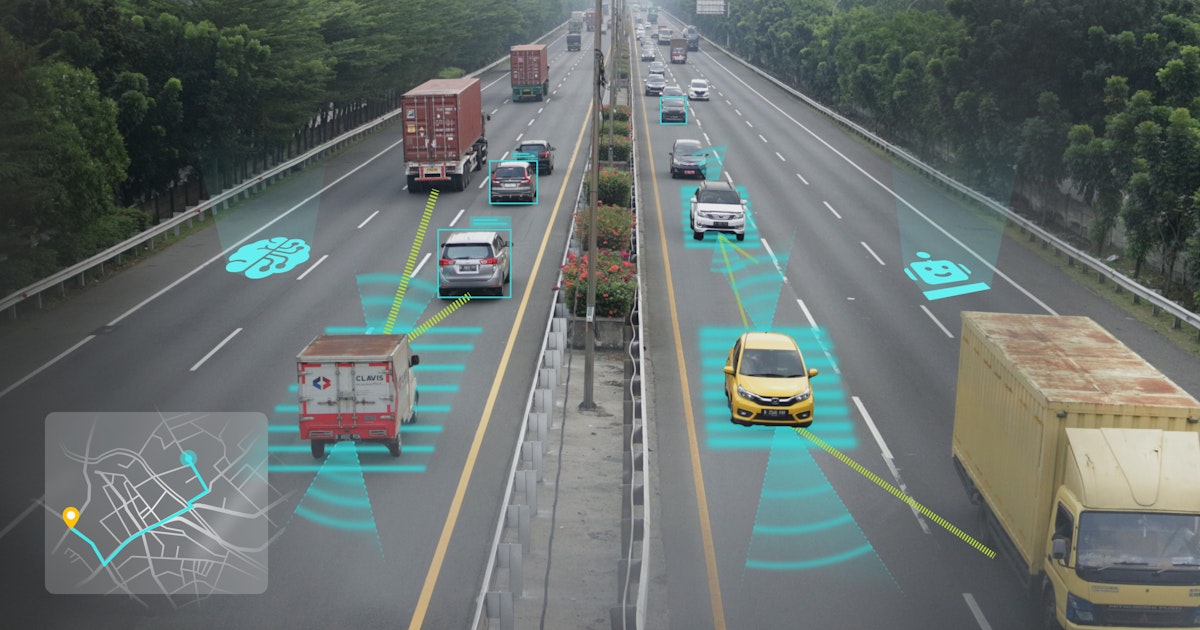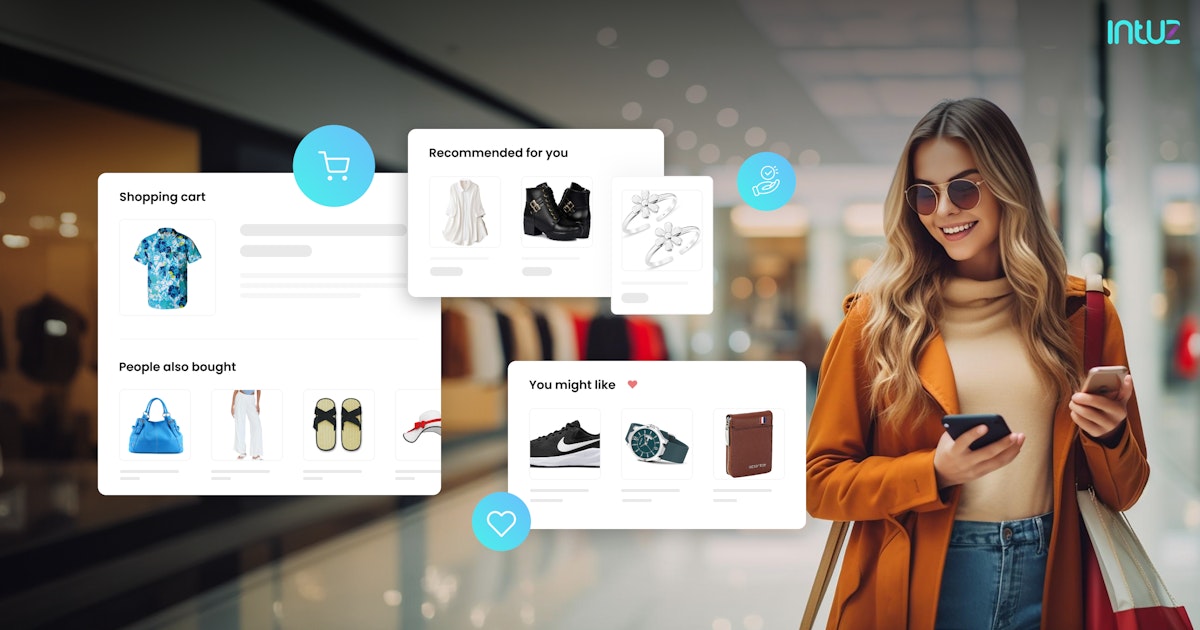Table of Content
Understanding the Concept
According to Forbes, 83% of organizations agree that customer happiness is key to revenue growth. A 5% increase in customer retention can boost profits by 25-95%, as noted by Bain & Company.
Customer churn helps you classify customers who have ceased their relationship with your company. It declines your business growth and revenue. There are different ways you can identify customers who are not willing to continue with your brands such as
- Discontinuing your services
- Stop opting for your product subscriptions
- Not making any further purchases
Key Concepts of Customer Churn
1. Customer Churn & Customer Attrition
The former one means customers who have stopped purchasing your products and services. However, there is a minor difference when it comes to customer attrition. When there is a considerable reduction in the number of customers due to natural causes or certain business decisions, it is considered customer attrition. Usually, it occurs due to external factors like market changes.
2. Churn Risk
Churn risk represents the probability that a customer does not have a willingness to buy your products or/and services anymore. By analyzing churn risk, you can prioritize which customers need your immediate attention and define a personalized engagement strategy for each.
3. Churn Factor
A customer’s decision to leave your brand is influenced by different factors such as better offerings from your competitors, poor quality of product or service, and more. Recognizing these factors can help you create an effective customer retention strategy.
4. Churn Analysis
Through churn analysis, you can get insights into the customer’s buying patterns that help you recognize where you are lacking. By improving your product or services, you can meet expectations for your target audience and maximize customer retention.
5. Churn Prediction & Prevention
With advanced data models powered by AI and ML, you can accurately predict which customers are likely to stop buying your products or services. This predictive insights enables you to take preventive steps before the churn happens, ensuring customer engagement and retention. A strong churn prediction strategy helps you address potential issues early and keep your customers satisfied.
6. Churn Retention
By designing an impactful customer retention strategy, you can keep the existing customers engaged and satisfied. With increased usage of AI/ML in customer retention, you can reduce the cost associated with customer acquisition. According to the data shared by Forbes, acquiring a new customer costs 5X to 7X more than retaining the old one.
What is Churn Prediction?
Churn prediction is a process to anticipate which customers are at the highest risk of ending their relationship with brands using advanced AI and ML-based data models. You can collect the data and analyze them to identify the changes in customer behavior and usage of your product or services. With the help of accurate churn prediction, you can define a customer attribution prevention strategy that helps you
- Categorize high-risk customers, define personalized retention strategy, and implement targeted efforts to stop the customers from churning
- Recognize pain points across the customer journey
- Define and execute impactful strategies that address the pain points and lead to increased retention and lower churn
How does AI/ML Improve Customer Churn Prediction?
Let’s understand how these technologies empower your churn prediction.
Optimizing Your Churn Prediction
After collecting customer data from different sources, you can access them through AI and ML-based data models to gain insights into customer behavior and reduce churn.
The latest technologies access the dynamic factors associated with customers such as
- Browsing history
- Purchase patterns
- Social media interactions
Accurate Customer Segmentation
AI and ML help you create customer segmentation by tracking different details including
- Transaction history
- Buying behavior
- Preferences
Demographic profiling of your target audience is not enough for effective customer churn prediction. You need to go into more detail. By creating a personalized retention strategy, you can meet the precise needs and preferences of your customers.
Providing You with Early Signs
Using AI and ML-based churn prediction software, you can identify signs of customer disengagement. The algorithm accesses feedback and customer interactions to recognize changes in customer behavior that indicate potential churn.
It helps you understand the customer’s concerns and address them before they raise the issues. Attain consistent customer loyalty by leveraging AI and ML.
Personalized Retention Strategies
By accessing the customer data, AI can recommend tailored actions. Define the powerful strategy based on the recommendations to reengage the at-risk customers.
However, for effective engagement, timely and relevant interventions are quite necessary. You can run targeted promotions, deliver proactive customer services, and establish personalized communication. This tactic helps you retain at-risk customers and strengthen customer relationships with your brand.
Implementing Dynamic Methods
Leveraging advanced technologies, you can automate the process as they keep learning the updated data inputs.
To facilitate brands with actionable insights, AI and ML analyze market trends and identify customer patterns. With a detailed assessment, you can define a strategy that helps you retain the targeted customers in a highly competitive market.
How to Build Predictive Models for Customer Churn Prediction?
To enhance customer retention strategies, accurate churn prediction is essential. Check out the key stages of the customer churn prediction workflow below.
1. Determine the Problem
While developing effective churn prediction software, it is important to understand the problem and define the final goal that you want to achieve through the solution. With needed insights, you can implement the right software that contains the right data models to meet your needs and expectations. To identify the problem, you need to
- Categorize the problems
- Detect anomaly
- Perform regression analysis
2. Data Collection and Preprocessing
Identify and gather data from reliable sources like social media, CRM systems, marketing campaigns, and billing systems to gain insights into customer demographics, transaction records, service interactions, and usage patterns. Once collected, clean the data by correcting errors, removing duplicates, and filling in missing values. Enhance this data by integrating additional information from external sources to enrich customer profiles and select key features such as interaction frequency and customer tenure. Address data imbalances through techniques like synthetic data generation and resampling, and normalize data using methods like Z-score standardization to ensure accurate churn prediction using machine learning models.
3. Data Analysis
For effective and accurate churn prediction, data analysis plays a crucial role. Integrate all the advanced analytics features in your churn prediction software. It helps you explore and visualize data to understand the relationship between variables, identify patterns, and gain better insights. Below are the essential components of data analytics in the context of customer churn prediction.
- Identify churn patterns and trends
- Access feature correlations in churn data
- Define customer segmentation for churn Insights
- Choose the right set of features
4. Selecting and Training Data Models
Data model selection and development are crucial tasks in churn prediction. It involves varied aspects including
- Opting for the right AI and ML algorithms
- Evaluating the models
- Model comparison and selection
- Training the models
- Assessing the performance of the models
- Ensemble models to improve churn prediction accuracy
5. Optimizing Models and Tuning Hyperparameter
For effective machine learning, fine-tuning algorithms through model optimization and hyperparameter tuning is crucial. Key techniques include cross-validation, which evaluates a model’s generalization performance and reduces bias. Common methods are k-Fold and Stratified k-Fold cross-validation. Selecting the best hyperparameters, such as learning rate, hidden layers in neural networks, and estimators in ensemble models, is essential before training. Grid Search and Random Search are popular techniques for this tuning process, ensuring the model performs at its best.
6. Model Deployment and Integration
To deploy and integrate the AI and ML models in the customer churn prediction software, you can choose from multiple model deployment options such as
- Application Programming Interface (API) deployment
- Batch deployment
- Model export
You can integrate the models into your existing enterprise systems such as CRM Systems, marketing automation tools, customer segmentation, and decision support systems to leverage accurate churn prediction.
7. Monitoring and Maintenance of the Churn Prediction Model
Customer behavior and market dynamics keep changing over time. To meet this change, you need to monitor and update the model continuously so that it can deliver accurate predictions. Here are the key components of monitoring and maintenance of customer churn prediction.
- Model performance monitoring
- Data quality and distribution
- Model retraining and updates
- A/B testing and model comparison
- Error analysis and feedback
- Version control and documentation
Generative AI-Powered Chatbots For Ecommerce Customer Support
Read NowIndustry-Specific Applications for Customer Churn Prediction
By implementing the AI and ML data models, companies can understand why customers are leaving the brand and take actions to retain the clientele.
E-commerce
Most e-commerce brands are struggling with higher customer churn rates. Also, they want to improve the customer lifetime value. Deploying the AI and ML models, they can track customers’ interactions with the online platform, purchasing behavior, and browsing history. By analyzing the customer data, companies can offer discounts, personalized promotions, and product recommendations to ensure customer retention.
Telecommunication
The telecommunication domain is facing the highest customer churn. According to a study by Kaggle, the telecommunications business has an annual churn rate of 15-25 percent. Organizations can analyze internet data usage, call patterns, and customer service interactions to anticipate potential churn. With these insights, telecom companies can create customer retention strategies by providing personalized incentives and offers.
Healthcare
When we say healthcare, it involves medical service providers and insurance companies. They constantly struggle to retain policyholders and patients for the long term. In healthcare, AI and ML models check appointment attendance, patient history, interaction with healthcare services, and data on medical claims. This analysis helps healthcare organizations identify customers at risk and offers personalized healthcare services and plans.
Banking and Financial Services
Using advanced technologies, the financial institutes can access account activities, transaction history, and customer service interactions to forecast the churn probability. To retain customers, banks can deliver tailored financial services or products.
SaaS (Software as a Service) Companies
Due to the high churn rate, SaaS companies need a solution that helps them with customer attrition prevention and improves user engagement to ensure long-term subscription and commitment to the customers. The robust models of AI and ML allow organizations to evaluate feature usage, support ticket data, and user interactions with digital solutions.
Looking for a Custom AI Development Solution?
Explore NowExplore the Potential of AI for Customer Churn Prediction?
By implementing AI and ML technologies for customer churn prediction, you can develop and execute excellent customer retention strategies. It helps you boost your bottom line by driving immense customer engagement. Gain a competitive edge by meeting customers’ expectations, establishing stronger customer relationships, and propelling significant growth.
At Intuz, we specialize in custom AI solutions to help businesses excel in customer retention. Experience the transformative power of AI with our experts and keep increasing a loyal and satisfied customer base.
Ready to take your customer retention strategy to the next level?
Contact our AI experts today and discover how our AI solutions can drive your business growth!






